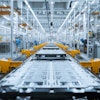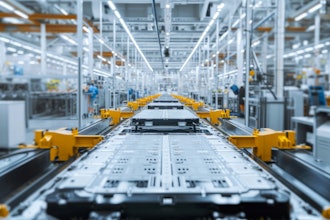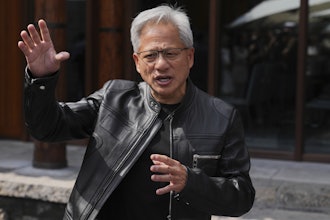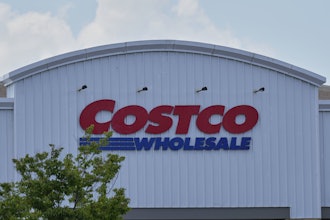Experts in electricity are not necessarily experts in safety. Electrocution is the sixth leading cause of occupational fatalities in the U.S., according to an IEEE study. The same study reports that there are approximately 2,000 hospitalizations in the U.S. every year due to electrical burns. Some manufacturers believe the equipment needs to be smarter; others believe that understanding the many safety standards out there, changing every few years, is key.
End-User Influence
Experts in the industry sit on a committee and take in end-user suggestions, based on what they’re seeing, to enhance workplace safety. For example, the arc flash national standard, NFPA 70E, gets updated every four years. Some new wording, some new rules, possibly some new ratings, gets worked into the standard. Every four years, a new standard is released and it’s up to a facility manager or safety officer to understand the new standard and make the necessary changes to stay compliant.
Steve Maling, marketing director with Schneider Electric, says there is an opportunity as an industry to help people understand. “Unfortunately, a lot of times the customer is not aware of how those changes impact his operation,” Maling says. “They struggle with, ‘this is a spend to me, a standard, and there’s not really a return on the investment.’”
The Liberty Mutual Research Institute for Safety reports that electrical injuries are the second most costly worker’s compensation claim. Electrical incidents can also lead to the unscheduled interruption of production and damage to critical equipment.
“We have to go and educate that there’s a risk mitigation factor,” Maling says. “One injury could cost millions upon millions of dollars to that facility—people don’t plan for that catastrophe.”
Schneider Electric is an electrical distribution services company; Maling stresses that part of being in the industry is being able to provide the expert safety knowledge that manufacturers need.
“Part of the education and awareness is us being the experts, taking that knowledge to the customer—to get them to understand the implications from a financial perspective, and ultimately, the worker’s safety,” Maling says. “Part of the ability to do that for the customer is we preach, in our own organization, safety.”
A founding member of the Electrical Safety Foundation International and an IEEE/NFPA Arc Flash Collaborative Research Project sponsor, Schneider Electric has made electrical safety a priority—for its employees, customers, and the industry.
“When we talk to customers about employing us to come into their facility, we make sure that they understand that we have safe work practices,” Maling says. “We have a procedure that each representative of our company should follow when they step onsite.”
Getting Creative With Safety Training
Safety is always a critical issue for manufacturers, and electrical hazards don’t care if you’re in a recession. Despite rising costs and a possibly smaller workforce, workers are still surrounded by machines powered with electricity. Facilities still need to be maintained, reliability can still be enhanced, and there’s always room for safety improvement. Companies are looking for ways to get new, affordable advances in safety technology to manufacturers. One way Schneider Electric lets manufacturers know what new products are available is through the Square D Services and Solutions Van.
“Quite honestly, travel expense is tight for everybody in today’s economy,” Maling says. The van “gives us the ability to drive it right into their job site. Now they’re only out there for an hour or two, having dialogue, seeing some of the unique solutions and how they might apply in their facilities.”
“We also have the ability to pull the safety person in and show him some of the solutions and how they relate to a safe work environment. It makes it more advantageous to come to the customer site and have that dialogue and talk about the solutions we can deliver.”
Some of the new products being showcased are those intended to mitigate electrical safety hazards. These new products, engineered for safety, include those with inherently safer technology, like automated hardware and software, energy management systems, and safety switches. With this smarter, safer technology, comes the question: Should you have to pay extra for safety?
In addition to buying safer tools and systems, inherently safer maintenance techniques also need to be applied. No engineered control for electrical hazards is fail safe. In addition to automated data monitoring and alarm systems, a worker needs to be aware of the hazards, know how to protect him or herself on the job, and how to complete the task at hand safely and effectively.
Electrical systems are serious business. Through training, safe work practices, and effective communication throughout an organization, a manufacturer can help ensure employee safety. Professionals from a company such as Schneider Electric can provide solid advice and recommendations to promote safety, as well as ensure reliable power in a facility.
Maling says, “we’re gearing a lot of our thought processes, our technology, our acquisitions, around delivering solutions to the customer.”


















